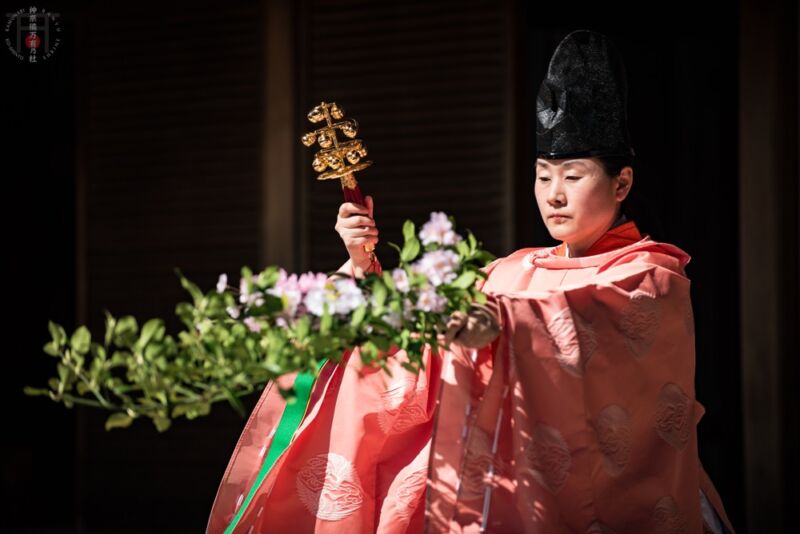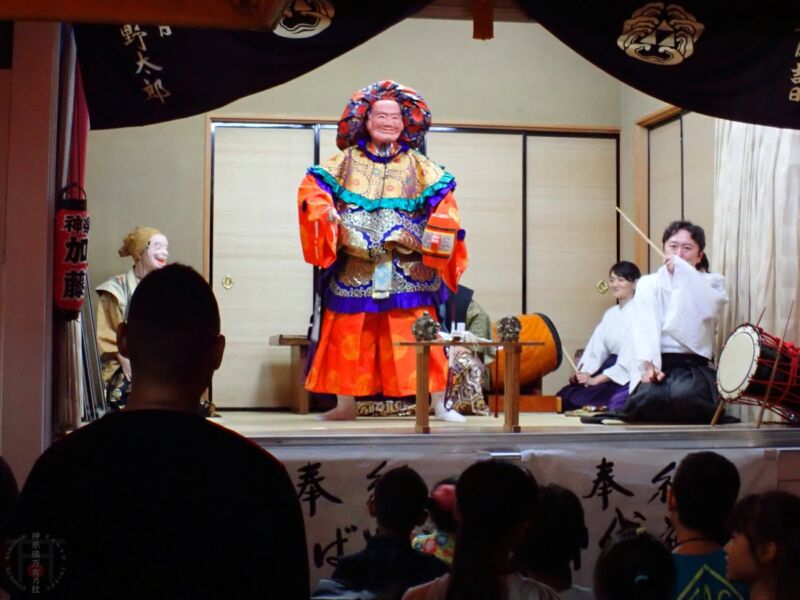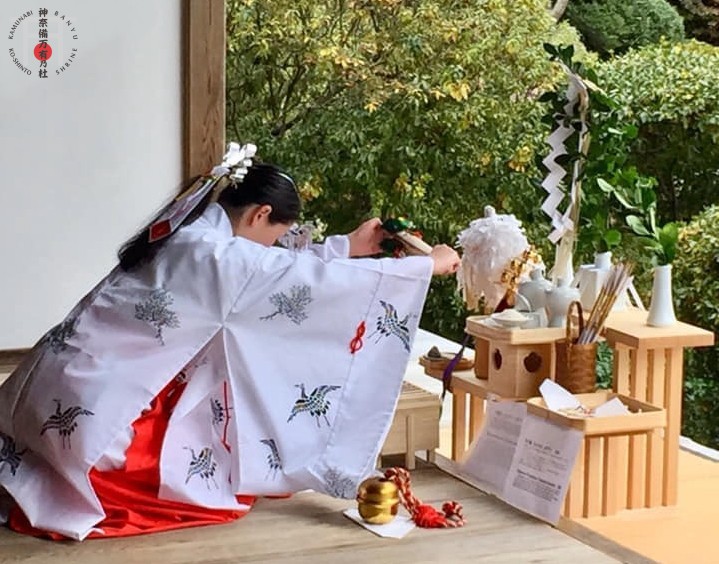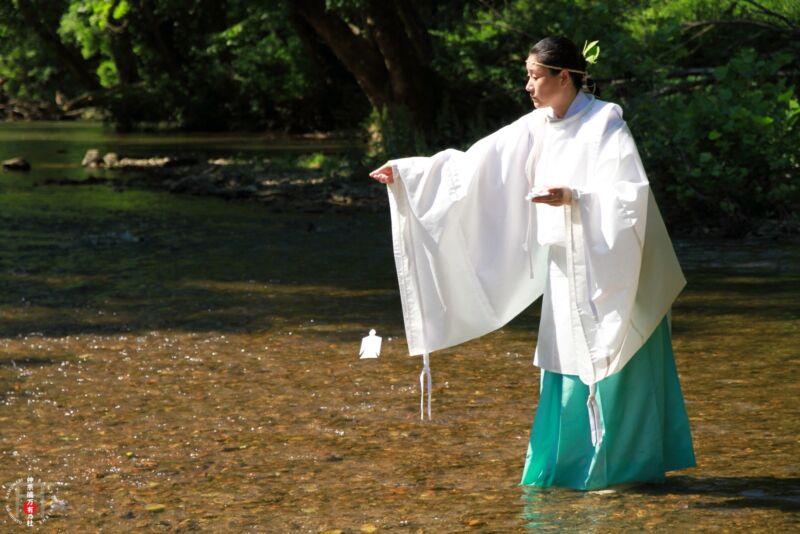
1) Could you tell us how you developed an interest in Shinto?
Greetings to all viewers of Green Shinto. Thank you Mr. John Dougill for reaching me. Being interviewed at this timing of Covid-19 pandemic must be coordinated by Kami (called “Kamu-hakari”) in order for Ko-Shinto/Shinto to encourage people on Earth during this crisis.
To Japanese, Shinto has been always existing around us like the great cycle of nature ever since taking our first breath when being born, as Japanese culture is largely based on Shinto. So it is more a matter of “realizing the precious value of Shinto spirituality”, rather than newly becoming interested in it, if that makes sense.
While I have always lived in Shinto culture growing up in the countryside, and especially loved being in touch with great nature, my enlightening realization for Shinto’s value as a firm base of most traditional Japanese culture was shortly after I enrolled on a training course at Sodo Reiho Kimono Academy some decades ago and became a professional Kimono consultant. Kimono culture is deeply in touch/co-exists with nature and involves refined decorum called “Reiho” based on Shinto spirituality. “Rei” concept originally derived from our reverence to Kami, which later extended to play a significant role between people. Rei is not only seen as Kimono decorum but also still remains in modern Japanese manners among ordinary citizens.
Becoming a certified Kimono professional definitely further developed my passion to learn Shinto deeper, as I believed that preserving this spirituality for future generations was my duty as a cultural master. Later discovering about my great grandfather who lived in Meiji period as a Shinto priest unconsciously guided me into becoming a Shinto priestess.
2) Your training was not the usual Jinja Honcho way. Could you tell us about your training?
Among several limited ways to become a licensed Shinto clergy including the mainstream Jinja-Honcho and Shinto universities, I was blessed to go through the Shinto priest training course at the independent Ko-Shinto style shrine “Ama no Iwakura Jingu” in Hiroshima prefecture.
This course consists of five grades starting from elementary to special advanced grade. It took fully three years for me to graduate this training course which actually seems more intense, detailed, and longer than Jinja-Honcho’s regular one month training, according to my Shinto clergy fellows who were licensed by them.
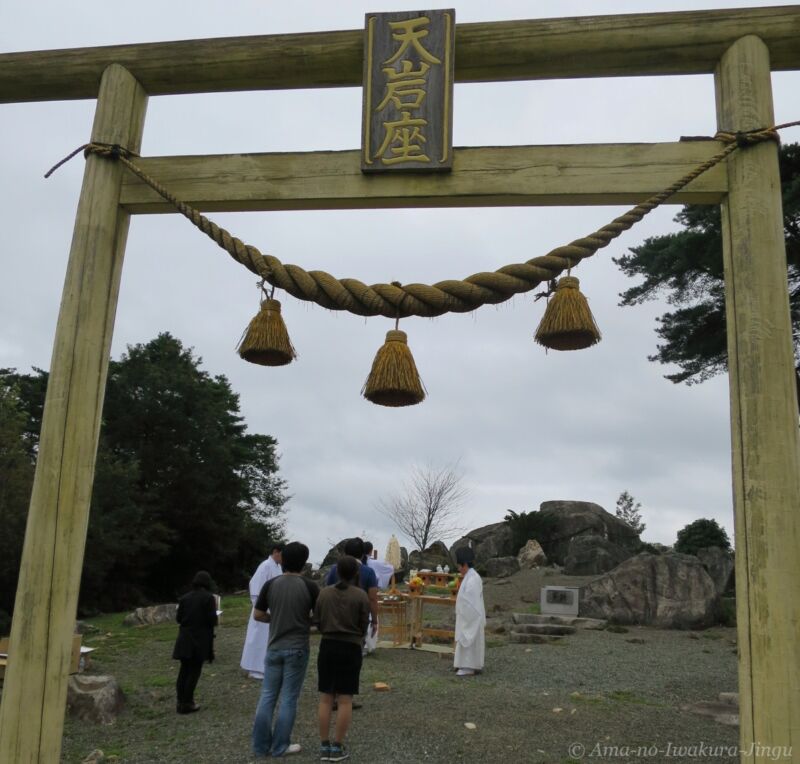
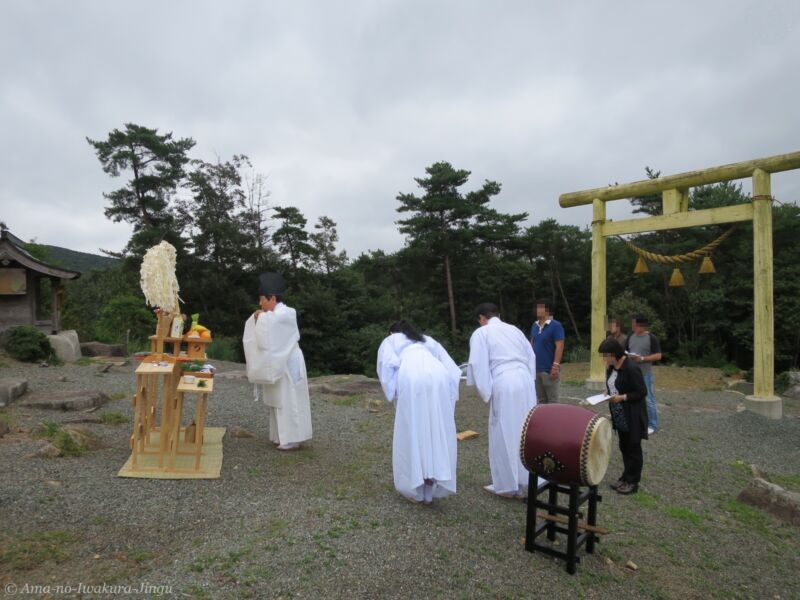
However, being licensed is only a start line for any kind of profession, as striving for one’s refinement is a lifetime duty and is our custom for any traditional Japanese culture.
By Kami’s guidance, I have been additionally attending more special training by the mother shrine, and gaining deep studies into Ko-Shinto practices by Miizu-kai (the origin of Misogi Dojo founded by Bonji Kawatsura-sensei) and Tatsuo Nakagawa-sensei of Rakko-sha who retired from Omi Jingu.
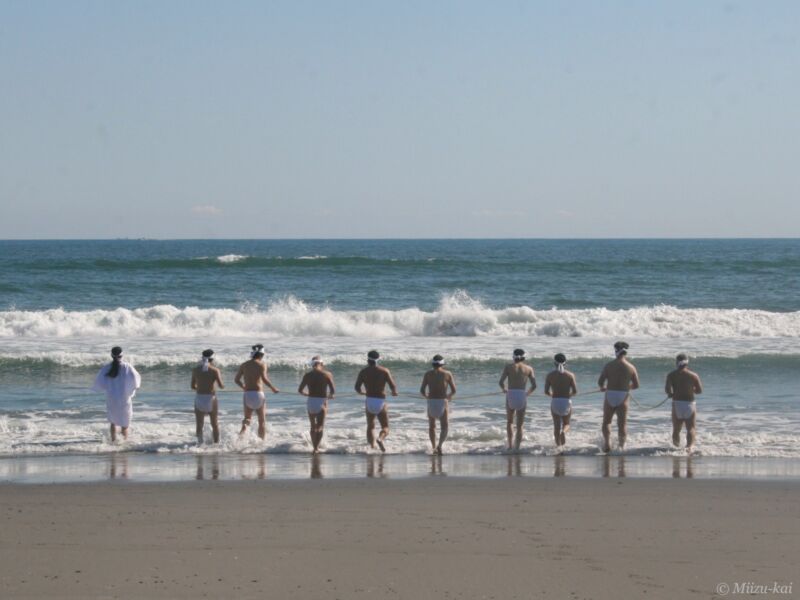
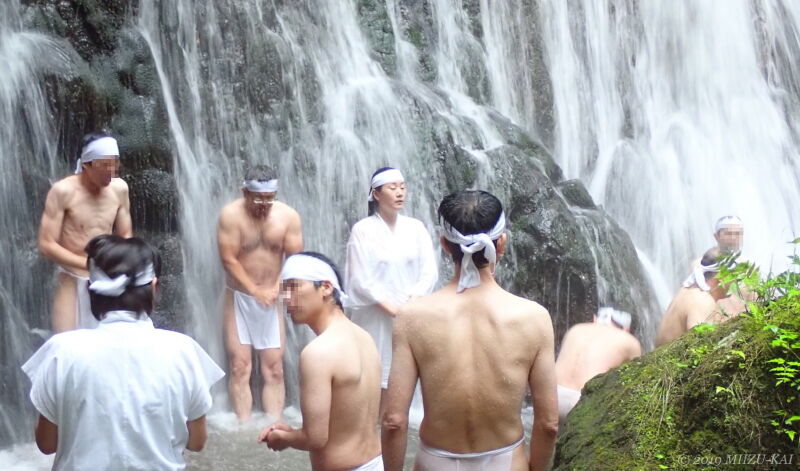
I am truly humbled and honored to have been serving overseas and receiving credibility outside and inside of Japan including the shrines/priests under Jinja Honcho, based on my long term international achievements. Hokkaido Jingu, the largest Shinto shrine in Hokkaido under Jinja Honcho, has invited me to run the Misogi and international Ko-Shinto lectures. Togoshi Hachiman Jinja and Katori Jinja encourage and teach me more Kagura sacred dance every time I return home, as well as Toshihiko Kato sensei of Sato-Kagura/Jindai-kagura NPO institute in Yokohama. I am profoundly thankful that they think of me highly.
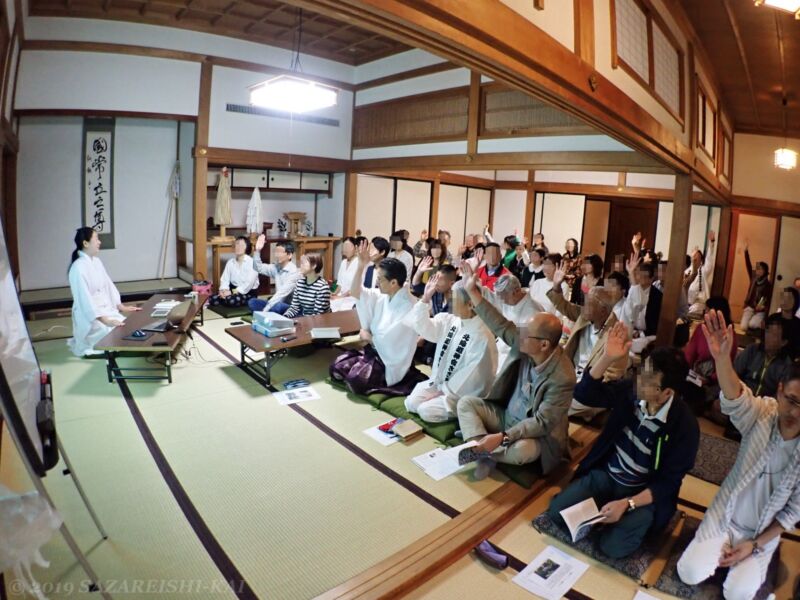
My case is quite rare, as I have already trained as another type of traditional Japanese cultural master, had a long term classical Japanese training, and speak fluent Japanese. Everything is connected, and it all came together successfully. We are living in an era of awareness that what truly matters is the quality level of priest/priestess’s sincerity and reverence to serve Kami as “Naka-torimochi” (medium between Kami and people).
